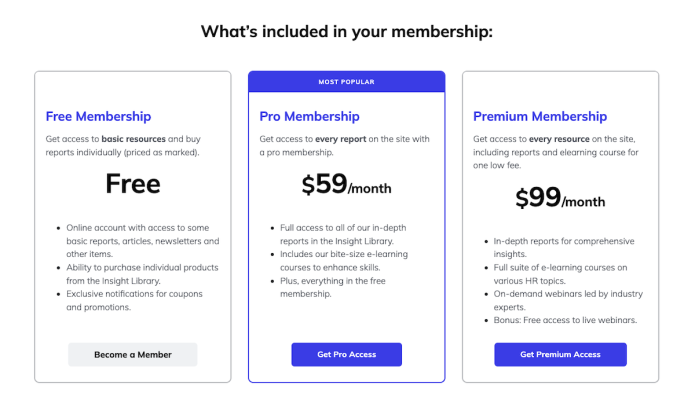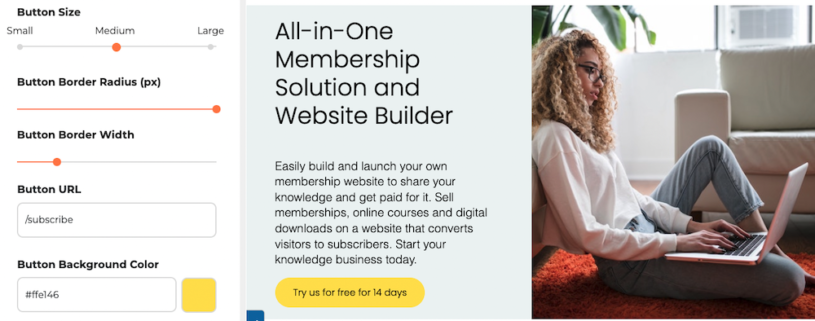
If you’ve ever wondered how to plan an event online, now is the time to learn.
New technologies are coming available all the time to allow sophisticated tracking and graphics effects during recorded or live presentations. So when it comes to events, don’t be afraid to go virtual, we have the technology!
Having said that, let’s take a look at how to plan a successful virtual event.
#1 Plan your virtual event strategy

Will it be a live training with just you presenting? Or is it going to be a full scale telesummit with multiple speakers and engagement with your audience? Are you offering a free event or paid? There are a multitude of options here. You can offer it live for free and charge for the recording afterwards — or vice versa. Once you’ve decided what content you are offering, and how you want your audience to receive it, you can move on to the fun part – logistics.
#2 Choose a platform for your event
You can run a live event on anything from a social media platform like Facebook, or a webinar platform like Zoom or live streaming from services like Vimeo.com.
When deciding on a platform you might want to think about how you will conduct the event. Will you have multiple speakers? Will you need more than one host? Will you need break-out rooms? Make sure you have a way for registrants to get help if they have problems joining your event on the day.
#3 Choose an online event registration method
Your attendees need a way to register to attend your event, whether it’s a paid or free event. The basic flow would see your visitor click on a registration link, fill out a form, click the Submit button, then be taken directly to an event information page which may include sessions information, an agenda, exhibitor and sponsor lists and more. SubHub clients can sell a registration or event ticket via digital store download.
#4 Promote your online event with social media and email marketing

You might want to add a calendar on the website to promote your event. In your Subhub site, you can Enable the sidebar to show the graphical calendar. In addition to promoting it on your website, you’ll want to use social media, your email lists and possibly advertising to get the word out. Whatever your channels may be, promoting your event in stages will have the best effect. You want to build momentum leading up the big day.
Make sure you know the page link where your event will be shown and include it in all promotional material and emails. Once the link has been distributed, be sure you don’t change it, otherwise you might provoke mass confusion!
#5 Make it easy for your audience to attend your online event
Make it as easy as possible for your community to find your event. Use a big button on your website or in your email that takes viewers directly to the Zoom or other platform link. Another way to make it easy for your projects to find your webinar or event once it’s recorded is to offer on-demand links.
These can be recordings of live events that allow viewers to choose a time to watch the video. Check with the streaming platform you are using to see if that is available. If there is an embed code, most likely you can use it on your SubHub site. If in doubt, please check with our support team at support@subhub.com
Setting up a virtual online event can be as simple as a quick Facebook live, or as complex as a live stream with registration, payment, multiple speakers, engagement and interaction with the audience. Whichever you choose, you’ll need a website to host from and act as your event hub. The SubHub platform lets you host, register and accept payment for your virtual and in-person events.
Get started by signing up for your free SubHub trial here: https://subhub.com/trial




